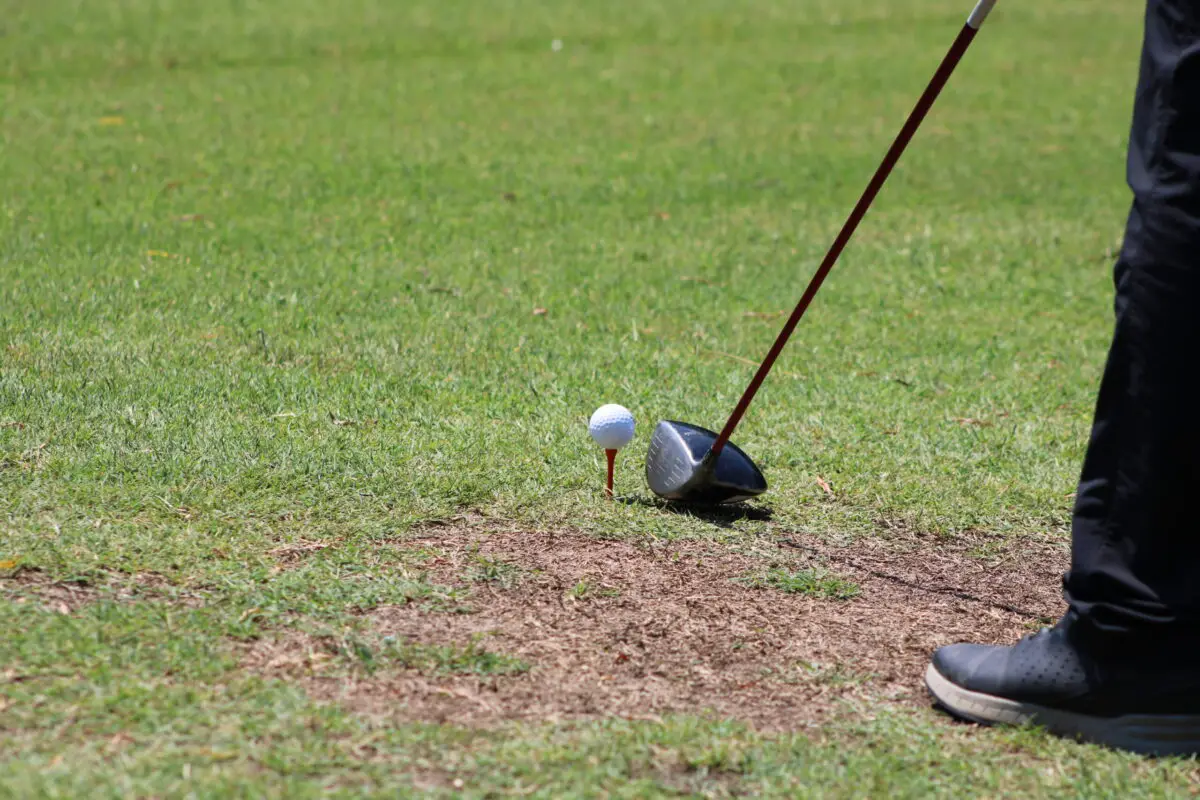Launch Angle Means
When any golf ball takes an ascent after the impact then the first or the initial angle that happens, is expressed in degrees. Most forgiving drivers help a lot in improving distance and accuracy. For example, if there is 30 degrees then it means that the angle is formed by an ascending ball at 30 degrees.
This is measured from the ground level from where it is struck by the golfer.
Clubface position, its impact, clubhead speed, design of the club head driver are many factors that are required to assess the launch angle in a game of golf.
Checking The Launch Angle
The launch angle is too low, or high is something that a recreational golfer is unaware of. Usually, launch monitors are being used by many teaching professionals and club fitters. They can help you in understanding the numbers and provide apt guidance in this concern.
One should know what it means, and the proper understanding remains of greatest value. A launch monitor can be bought from a pro shop also for monitoring things personally.
The Physics Behind The Highest Launch Angle
All the golfers are well aware that what is responsible for hitting the ball farthest of any club, is the driver. The loft or the lowest launch angle is also dependent on this. The amount, clubface slopes a little towards the back is termed as the loft.
Some clubs have a higher loft like that of a sand wedge and can take the ball to very high heights but not far.
Golfers often confuse this problem and the question seems always difficult: Why a driver consists of a loft of 10 to 12 degrees only? This appears very less. It was figured by some uncle of mine about 25 years ago that the reason is the spin.
If we see from the viewpoint of physics then a golf driver with a low loft is surprising. If we talk about freshman physics, then all know that the maximum launch angle is 45 degrees that will take the ball farthest. But from a golfer’s perspective, 45 degrees is the angle that is of a pitching wedge and this doesn’t even hit the farther than a driver.
A Complex Concept
Again, the confusion remains the same and makes us feel like a vacuum according to the physics that is taught in college or high school. The air being present makes the angle so lower is something we cannot digest. Was it understated by my uncle?
The complete thing is full of complexities and we have to consider 3 things: gravity, drag, lift that occurs due to the ball’s backspin. Any kind of resistance that happens is because of the friction caused by air. The factors mentioned are huge, but only account to gravity when we talk about the outcome of 45 degrees theoretically.
The drag (air friction) has high power as that of an unknown variable (quadratic). The tempo or speed of the ball makes a square and the drag increases according to its proportion. The harder you hit the ball the quicker the drag will increase.
We can consider 35 degrees as the angle that is best for launching a golf ball. This should be somewhere less than 45 and near the angle’s driver. Still, if we talk about the distance it will be only 112 yards (336 ft.).
The higher the backspin the more will be the lift that will keep the ball in the air for a longer duration. Even the equations were derived by my uncle that the speed of the ball and the rate of the spin helps in calculating the lift force.
At different angles, the ball is carried very far and this can be seen with a pictorial representation.
The maximum angle is 16 degrees after the lift and about 200 yards is the distance covered by the ball. Furthermore, if we talk about the longer drivers of today’s times, they have a greater impact on velocity. The difference can be explained by a drive, and the loft is of 10-12 degrees, this happens from the bottom of the swing (ball is hit). The launch angle will tend to be comparatively higher this way, then the club’s loft.
The Maximum Golf Club Driver Length
If we talk about measurement and its comparison with the clubhead speed, the driver of 45 inches, (standard size) and that of 47-inch doesn’t carry much difference. Just the gap of 2 inches is not responsible for any kind of speed variation. Rather the proper timing is not managed by the golfers if the length is increased and doesn’t provide more speed, rather it reduces it.
The clubhead will tend to deliver higher speeds and the shorter shaft of 40 to 43 inches will make it so. This makes the sewing easier and the golfer is in a position to hit the ball (as it is closer) properly making a sweet spot on the face.
- Should Tee Boxes Be Level? - January 23, 2024
- 3 Hybrid Distance - November 15, 2023
- Innovations in Golf Mobility: An In-depth Review of Top Golf Scooters - October 12, 2023
